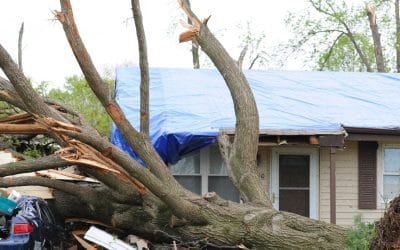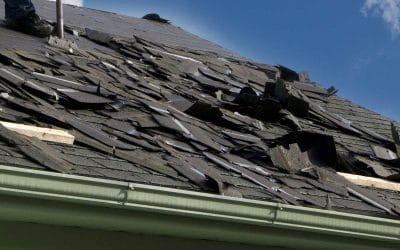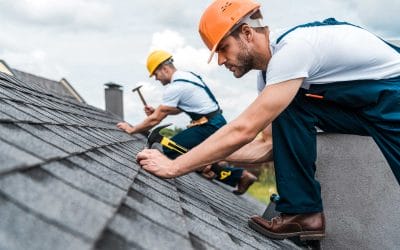Blog
6 Common Reasons Midland Residents Replace Their Roofs
Investing in a new roof is a substantial decision for Midland homeowners, and the choice of the right company...
How Much Will a Metal Roof Installation Cost in Midland?
Are you in the market for a metal roof installation and are wondering what it will cost? In recent years, metal...
6 Steps to Take after a Storm Damages Your Roof in Midland
Storms can be powerful and unpredictable, leaving behind a trail of destruction in their wake. If you're a homeowner...
What Can I Expect to Pay for New Siding in Midland
Is it time to have new siding installed on your home in Midland? Siding is a vital part of the exterior of your house...
How Much Does a New Roof Cost in Midland
Are you looking to have a new roof installed on your home? Having a quality roof is one of the most crucial parts of...
5 Benefits of Hiring a Local Roofing Company in Midland
Are you looking to hire a roofing company but aren’t sure how to go about choosing the right fit? It’s important to...






